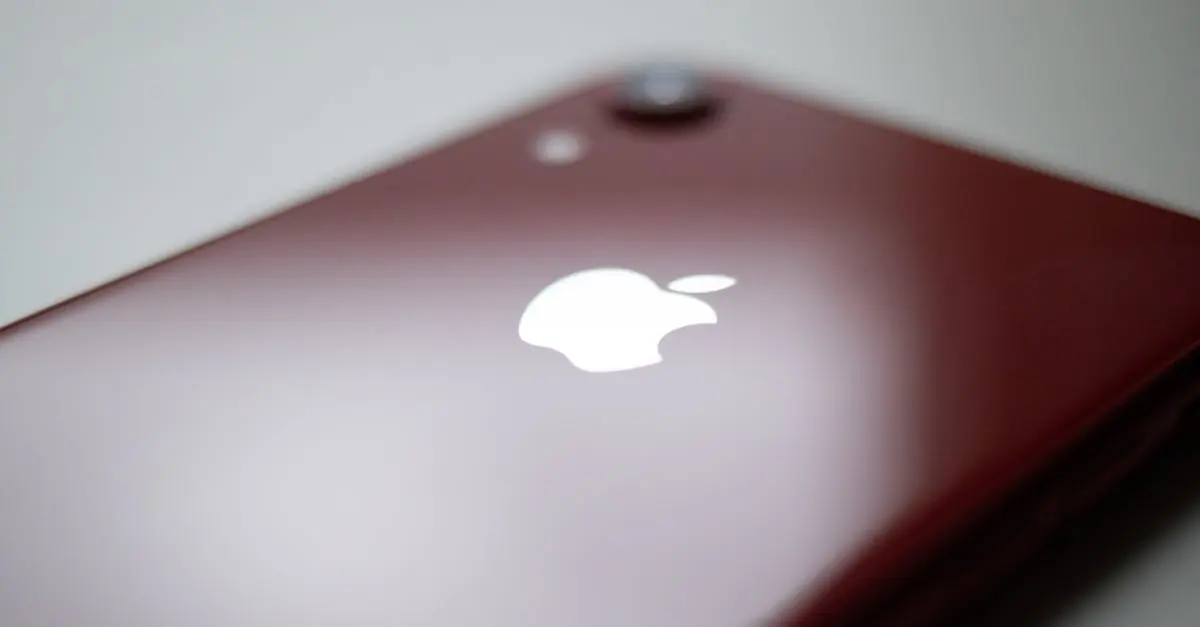Every iPhone owner knows the struggle of keeping their prized device in pristine condition. One minute you’re snapping stunning photos, and the next, you’re dealing with a pesky camera lens protector that just won’t budge. It’s like that stubborn jar lid at the back of your kitchen cabinet—annoying but manageable with the right technique.
Table of Contents
ToggleUnderstanding iPhone Camera Lens Protectors
Camera lens protectors safeguard the iPhone’s delicate lens. They prevent scratches, dust, and smudges, ensuring clear photos.
Purpose of Camera Lens Protectors
Camera lens protectors serve a crucial function in extending the lifespan of the iPhone’s lens. These accessories guard against accidental drops and impacts that could lead to physical damage. They also help maintain optimal image quality by preventing debris accumulation. Protectors are essential for anyone using their iPhone for photography or videography, as clarity remains paramount for capturing high-quality images. By preserving the lens, these protectors enhance the overall functionality of the device.
Types of Lens Protectors Available
Various types of lens protectors exist on the market today. Tempered glass protectors offer robust protection while maintaining image clarity. Flexible silicone options provide a lighter cover that may absorb impact more effectively. Some protectors feature anti-reflective coatings, minimizing lens flare during bright conditions. Users can also find ultra-thin protectors that ensure compatibility with cases without compromising protection. Each option presents distinct advantages, allowing users to choose based on their specific needs and usage habits.
Preparing to Remove the Lens Protector
Removing the camera lens protector requires some preparation. Gathering necessary tools and cleaning the surrounding area ensures a smooth process.
Necessary Tools and Materials
Ensure you have the right tools before starting the removal process. A plastic card provides a safe way to pry off the protector. Microfiber cloth helps in cleaning the lens before and after. Tweezers assist in handling small pieces if they break. Rubbing alcohol can help dissolve adhesive residue if necessary. Having these items ready makes the task easier and more efficient.
Cleaning the Surrounding Area
Cleaning the area around the camera lens is crucial for effective removal. Start by using a microfiber cloth to wipe the surface gently. Dust and smudges can hinder visibility, complicating the task. Ensure no debris falls onto the lens during removal. Using rubbing alcohol on the cloth helps eliminate stubborn marks. Keeping the area clean sets the stage for a successful lens protector removal.
Step-by-Step Guide on How to Take Off iPhone Camera Lens Protector
Removing an iPhone camera lens protector requires careful steps. Focus on preparation and gentle techniques to avoid damaging the lens.
Heating the Edges
Heating the edges of the lens protector softens the adhesive. Use a hairdryer on a low setting, keeping it at least 6 inches away from the device. Move the hairdryer in circular motions for about 30 seconds to ensure even warmth. This method reduces the risk of cracking the protector. Alternatively, placing the iPhone in a warm room for several minutes can also help. Ensure the phone isn’t too hot by checking the temperature with your hand.
Peeling Off the Protector
Start peeling off the lens protector at one edge. Insert a plastic card between the protector and the lens for leverage. Gently slide the card along the edge to loosen the adhesive. Taking your time prevents damaging the lens or the protector. If resistance occurs, applying more heat may help. Once enough of the edge is lifted, you can carefully peel it back without applying excessive force.
Cleaning Residue
After removing the protector, residue may remain on the lens. Apply a small amount of rubbing alcohol to a microfiber cloth to clean off the adhesive. Wipe the area gently in circular motions, ensuring no cloth fibers are left behind. Inspect the lens closely for any remaining residue. If residue persists, repeat the cleaning process until the lens is clear and free of marks. This final touch maintains optimal photo quality and prepares the lens for a new protector if desired.
Troubleshooting Common Issues
Removing a stubborn camera lens protector can sometimes lead to challenges. Identifying these common issues quickly ensures smooth resolution.
Stuck Lens Protectors
When the lens protector remains stubbornly attached, applying additional heat often proves effective. Use a hairdryer set to low and aim it at the edges for about 20 seconds. A plastic card works well for gentle prying if it doesn’t budge. Another approach involves using tweezers to grip any exposed edge carefully. Some users find that residue adheres more strongly after prolonged use, so patience during removal is critical. Ensuring that the protector is warm helps loosen the adhesive, making it easier to peel off without stress.
Damage to the Camera Lens
Accidental damage sometimes occurs during lens protector removal. It’s essential to proceed with care when prying off the protector. Scratches to the lens can result from excessive force or using inappropriate tools. Inspect the lens before and after removal, checking for any imperfections. If scratches do appear, professional repair services may be necessary. Keeping the environment free of debris helps minimize the risk of damage. A clean workspace and careful handling preserve the phone’s integrity while ensuring optimal performance.
Removing an iPhone camera lens protector doesn’t have to be a daunting task. With the right tools and techniques in hand, anyone can tackle this challenge effectively. Patience is key throughout the process to avoid damaging the lens.
After successfully removing the protector, taking the time to clean the lens ensures optimal photo quality. Regular maintenance of the camera lens will keep it in top condition for capturing stunning images. By following the outlined steps, iPhone users can enjoy a hassle-free experience and maintain the longevity of their device.



